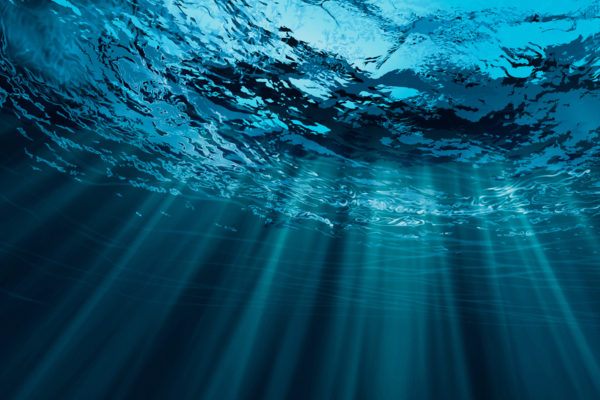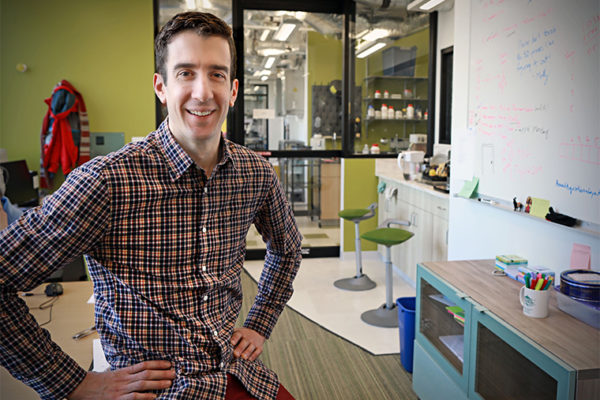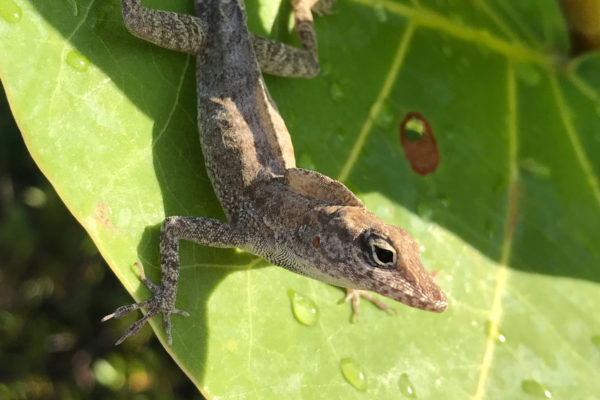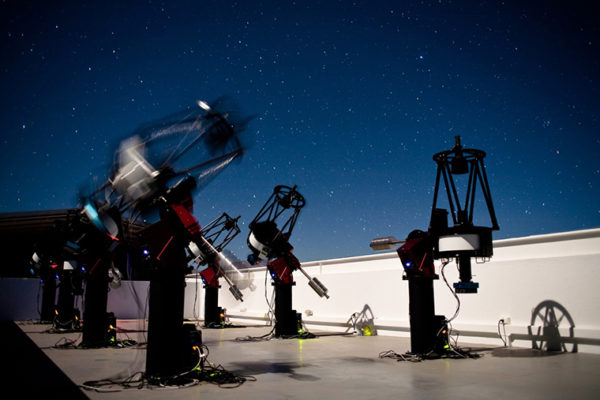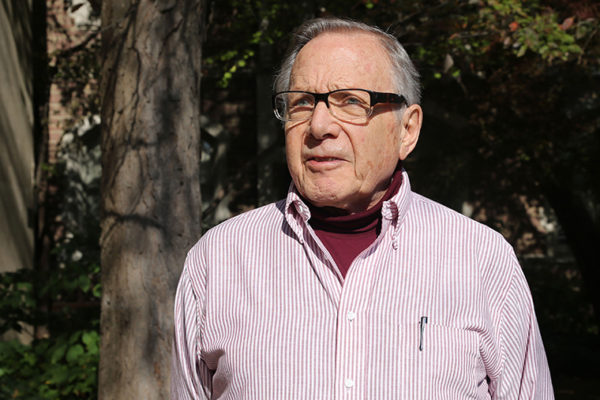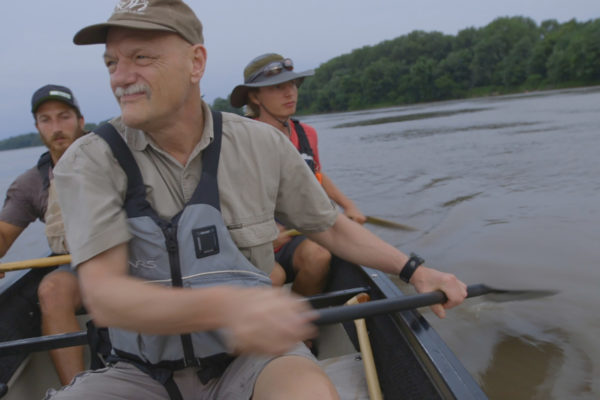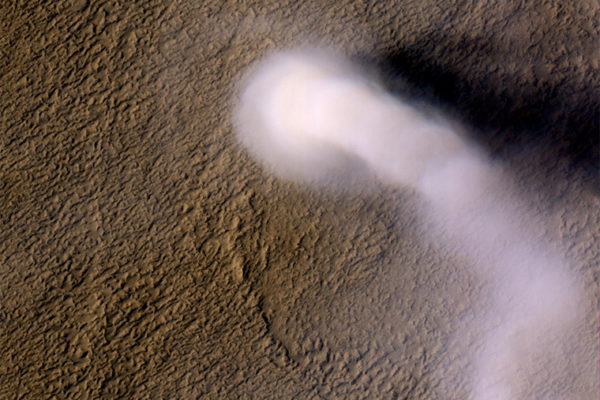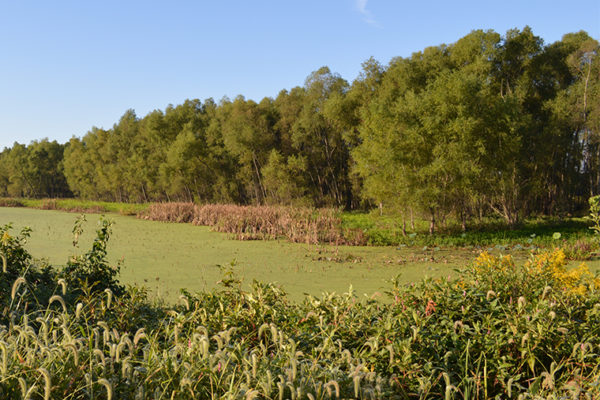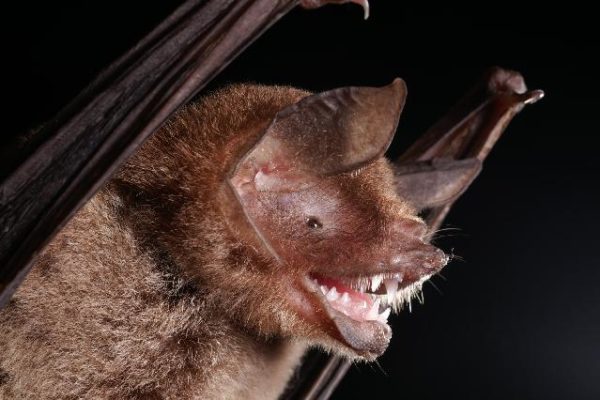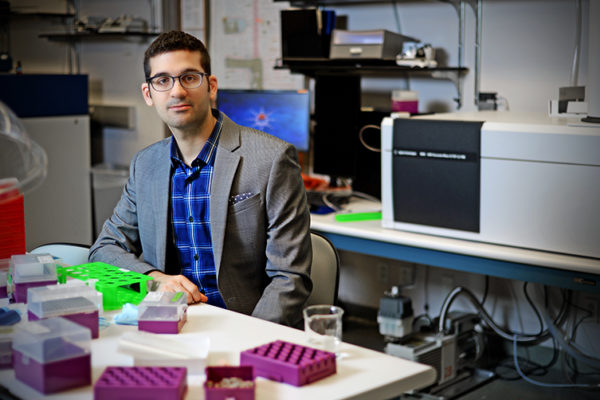What a deep dive into the deep blue sea is teaching us
Slow-motion collisions of tectonic plates under the ocean drag about three times more water down into the deep Earth than previously estimated, according to a first-of-its-kind seismic study that spans the Mariana Trench. The work has important implications for the global water cycle, according to Douglas A. Wiens in Arts & Sciences.
Hengen named 2018 Allen Institute Next Generation Leader
Keith Hengen, assistant professor of biology in Arts & Sciences at Washington University in St. Louis, was selected by the Allen Institute as a 2018 Next Generation Leader. Hengen is one of six early-career neuroscientists who will participate in a special advisory council for the Allen Institute for Brain Science.
Replaying the tape of life: Is it possible?
A review published in the Nov. 9 issue of Science explores the complexity of evolution’s predictability in extraordinary detail. Jonathan Losos of Arts & Sciences takes on a classic question posed by Stephen Jay Gould in an effort to fully interrogate ideas about contingency’s role in evolution.
Inhabited exoplanets topic of 2018 Walker Distinguished Lecture
David Charbonneau, professor of astronomy at Harvard University, will deliver the annual Robert M. Walker Distinguished Lecture at 7 p.m. Thursday, Nov. 15, in Whitaker Hall, Room 100, on the Danforth Campus of Washington University in St. Louis. The talk, titled “How to Find an Inhabited Exoplanet,” is free and open to the public.
Obituary: David L. Kirk, professor emeritus of biology, ISP faculty fellow, 84
David L. Kirk, former professor of biology in Arts & Sciences, died Nov. 1, 2018, in St. Louis after a long illness. He was 84. Kirk spent a lifetime teaching and researching developmental biology and, in retirement, worked to improve the way evolution is taught in K-12 schools.
Washington People: Bob Criss
During an 8-mile journey from the Columbia Bottom conservation area over the Chain of Rocks in a canoe, Bob Criss in Arts & Sciences talks about Lewis and Clark, navigation and the relevance of rivers today.
Electricity in Martian dust storms helps to form perchlorates
Storms help form an important chemical that is highly significant in the search for life on Mars. A team led by Alian Wang of Arts & Sciences created a simulation in the lab that sheds new light on what’s being kicked up by those massive Martian dust devils.
Heavy metals control the ‘breath’ of wetlands
At the river’s edge, where water and soil meet, microbes churn out methane and other greenhouse gasses. Jeffrey G. Catalano, of Arts & Sciences, wades into local Missouri wetlands to determine the role of heavy metals in this process.
Time travel with bat guano
A favorite Halloween symbol leaves behind clues to what a tropical landscape looked like thousands of years ago. With support from the Living Earth Collaborative, postdoctoral scholar Rachel Reid of Arts & Sciences digs in.
Metabolomics for the masses
Gary Patti, the Michael and Tana Powell Professor of Chemistry in Arts & Sciences at Washington University in St. Louis, has been awarded $4.8 million in two separate National Institutes of Health (NIH) grants focused on improving the accessibility of metabolomics — the study of the biochemical reactions that underlie metabolism.
View More Stories
